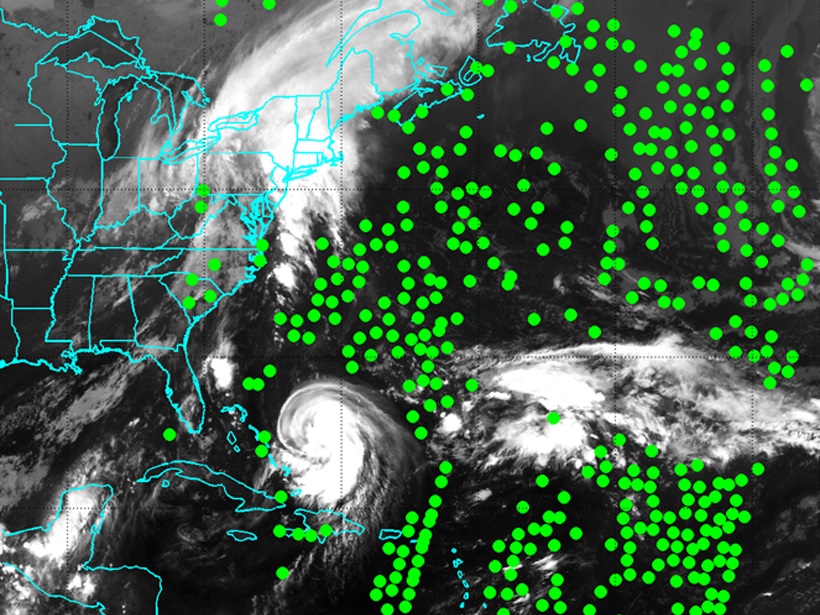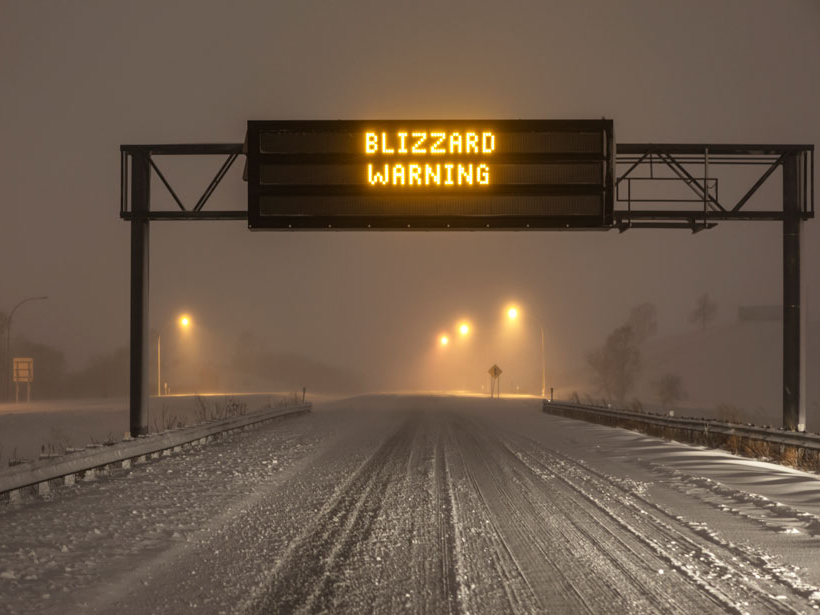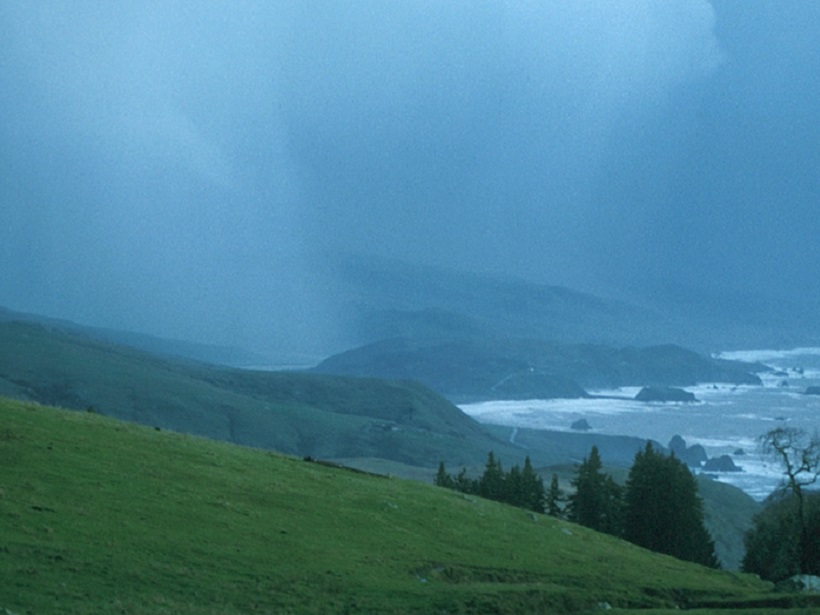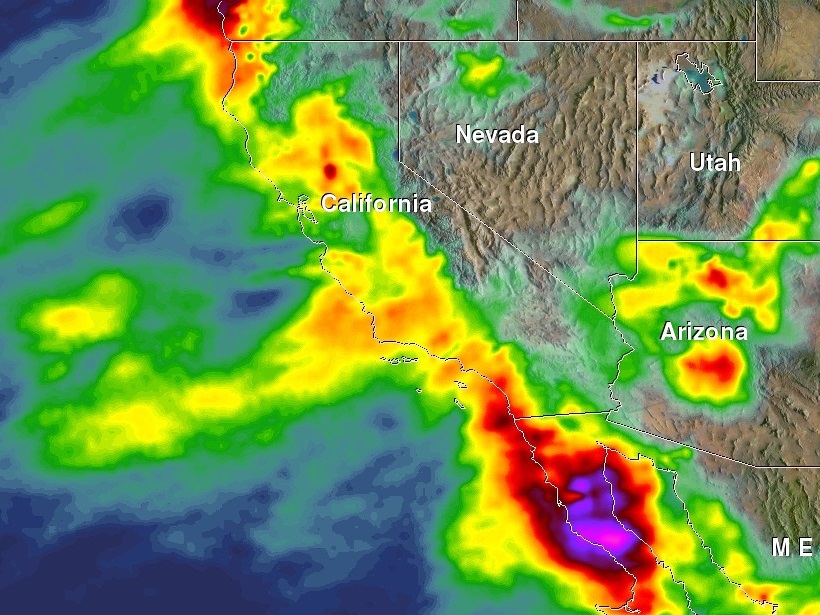Polar amplification could counteract weather patterns shifting toward the poles.
weather
U.S. Scientists Safely Retrieved from Ice-Bound Antarctic Island
Argentineans came to the aid of stranded scientists.
Listening to the Clouds
The assimilation of cloud-cleared infrared data improves numerical weather forecasting, especially for hurricanes, by providing thermodynamic information in cloudy atmosphere.
Polar Satellite Launch Eases Concerns of Weather Data Gap
Joint Polar Satellite System-1 is the first in a series of planned polar-orbiting satellites to provide critical weather forecasting data. Two follow-on satellites, however, face uncertain funding.
U.S. Weather Alert Systems Must Modernize, Say New Reports
To reduce risks, including loss of life, national weather alert systems must incorporate social and behavioral sciences and new technology, according to two federally sponsored reports.
Tropical Teleconnections
A recent article in Reviews of Geophysics explored how regional climate and weather is interconnected across space and time.
Ocean Showers Power the Global Electric Circuit
Satellite measurements confirm hundred-year-old observations collected by boat.
The Microphysics of Squall Lines
Scientists tracked the distribution of raindrops of different sizes as a row of thunderstorms formed by a cold front developed and intensified over eastern China.
Concepts for Dealing with the Complexity of Weather and Climate
A recent article in Reviews of Geophysics describes how a nonlinear approach and the concept of regimes helps our understanding.
Sorting Waves in the Sky
Gravity waves in the atmosphere drive weather around the globe. A new study helps interpret gravity wave data and identify annual patterns of this atmospheric mechanism.










